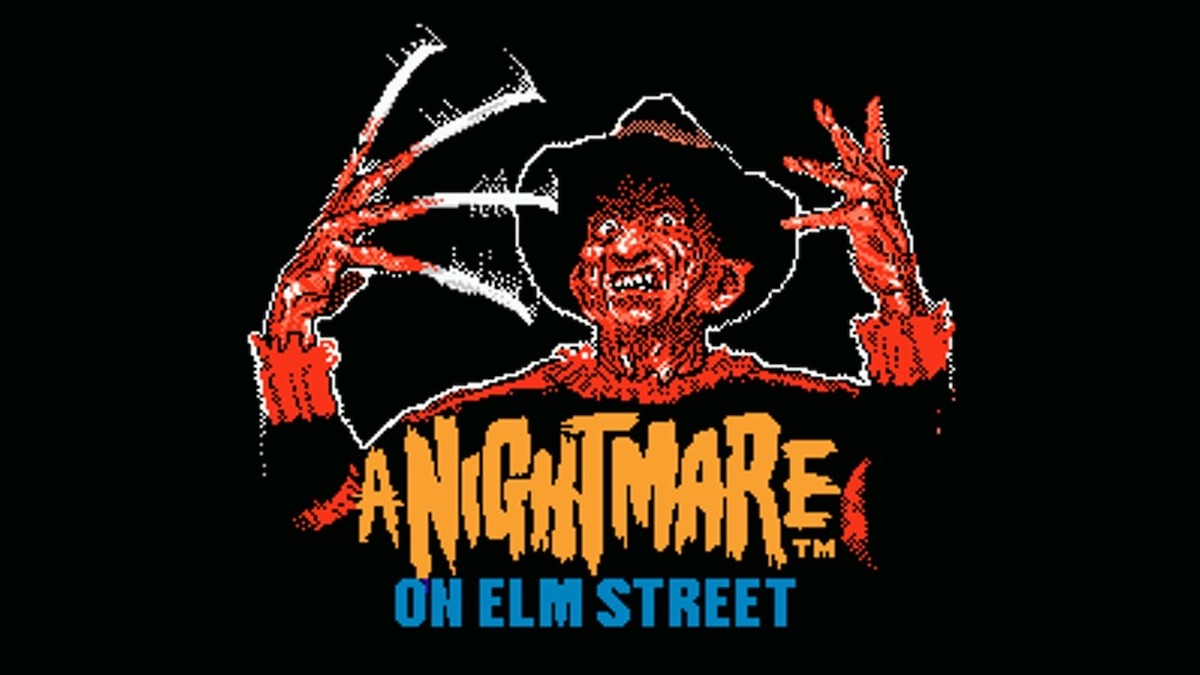Licensed games have tried their damnedest to nail the original theme songs and other aspects of film scores. Horror games are no different, and we’ve seen plenty of successful examples over the years.
Going as far back as the tinny notes of Halloween on Atari 2600, there’s something about the limitations that make these soundtracks even creepier. Without access to orchestration or even proper synths, retro horror games have held on to a unique kind of spookiness. They’re equal parts charming and, in some cases, manage to nail the vibe of their source material without carrying over every single note. In honor of those unusual, haunting melodies, we’ll take a moment to touch on a handful of them.
The game where HE comes home
Wizard Video published Halloween for Atari 2600 in October 1983, a full five years after John Carpenter’s seminal slasher hit theaters. Tim Martin and Robert Barber’s rudimentary efforts featured pretty much zilch from the film, outside of the box art. It did manage to technically be gorier, though, and they put in the work to include Carpenter’s unforgettable theme. Its simplicity is one of the reasons it’s been such a bone-chilling earworm for over four decades, so it doesn’t take much to keep its vibes intact.
Are you ready for Freddy?
It would be a wild understatement to say A Nightmare on Elm Street made an awkward leap to Nintendo’s console in 1990. The side-scroller may have swapped out Wes Craven’s specific dream scenarios for bats, rats, and spiders, but the soundtrack has its own charms. The game itself was published by LJN and developed by Rare, which meant we got a David Wise score that hit both the creepy and catchy ends of the spectrum.
Chiptunes make me feel good!
When it comes to Ghostbusters games you have a few choices of extremely varying quality. For bobble-headed 16-bit action you can pop in the Genesis game, for instance. If you don’t feel like having fun, you can take Ecto-1 for a spin in Ghostbusters on NES. The latter keeps a reasonable facsimile of Ray Parker Jr.’s theme song running throughout. Seriously, it plays the entire time. Oddly enough, considering their famous lawsuit against the song, it’s about as successful a take as the Huey Lewis tunes in LJN’s Back to the Future NES game. The important thing is you know you’re playing Ghostbusters, even if you’re not likely to recommend it to anyone else.
Besides, you’ll always be better off playing New Ghostbusters II.
Vampire Hunter
Annie Lennox and Wojciech Kilar’s soundtrack for Francis Ford Coppola’s Bram Stoker’s Dracula is full of sweeping orchestration. The 1993 video games — which made their way to everything from NES to Game Gear, SNES, Genesis, Amiga, and beyond — are not. Many of the versions are wildly different from one another, with the Game Boy take playing out like a traditional platformer and the Sega CD port including FMV scenes from the film. There was even a first-person DOS game!
As disparate as some of these attempts may be, there are some soundtracks in the lot that successfully evoke the mood of the source material. Bram Stoker’s Dracula on SNES has a lot of memorably fitting tracks. Some are pure mood pieces, while others push forward with a more action-oriented, Castlevania momentum.
Sunsoft strikes back
Giving any company especially high praise for their music during a generation known for its enduring video game soundtracks is saying something. Sunsoft almost always managed to drop some dynamite, even when the games themselves didn’t live up to their tunes. Gremlins 2: The New Batch landed somewhere in the middle when it launched on NES and Game Boy in 1990. Composers Naoki Kodaka and Nobuyuki Hara have stacked résumés that include the likes of Batman, Blaster Master, and U-four-ia: The Saga.
Sunsoft’s Gremlins 2 score conveys the playful, mischievous spirit of Joe Dante’s fourth-wall-shattering sequel with style. It’s particularly crunchy, making you want to play it loud before Play It Loud! was a thing.
Ah, ah, ah, choo, choo, choo
If ever there was an example of a game that managed to be scary while only taking the bare essentials from its inspiration, it’s Friday the 13th on NES. Kids of the late ’80s found themselves scared and confused in equal measure as they attempted to explore the campgrounds and survive sudden cabin-bound fights against Jason. Composer Hirohiko Takayama (The Karate Kid, Xexyz) crafted a theme just as spooky as the Ch-ch-ch-ah-ah-ah found throughout the slasher series Sean S. Cunningham kicked off back in 1980.
Exploring Camp Crystal Lake isn’t all doom and gloom. Some upbeat tracks made its somewhat esoteric design tolerable, too. The type of musical dichotomy you may find in old-school horror games like this are emblematic of the genre itself. Horror films can be scary as hell, but they can also be goofy and fun, whether it’s intentional or not. If a horror game soundtrack manages to capture even a modicum of that magic, it will always be worth revisiting in some form.


